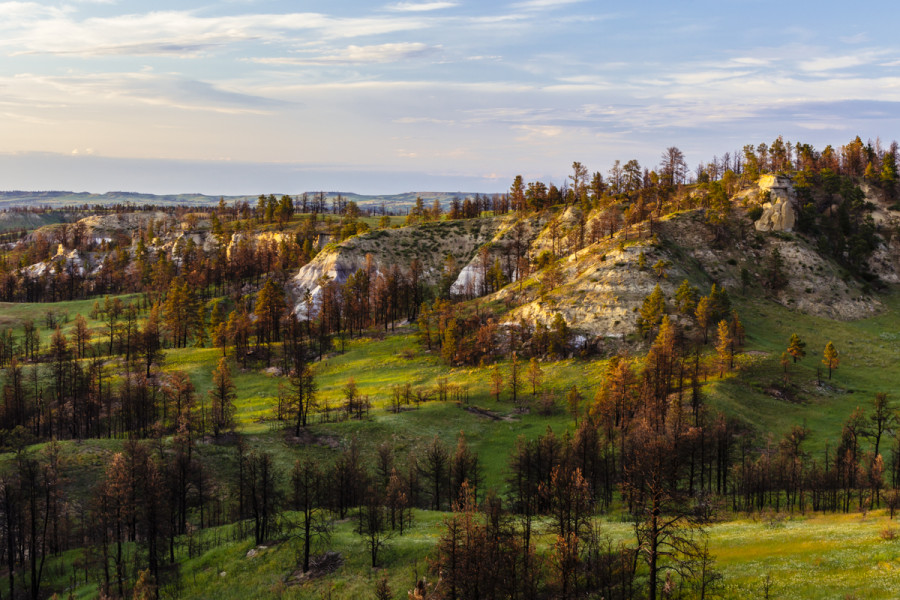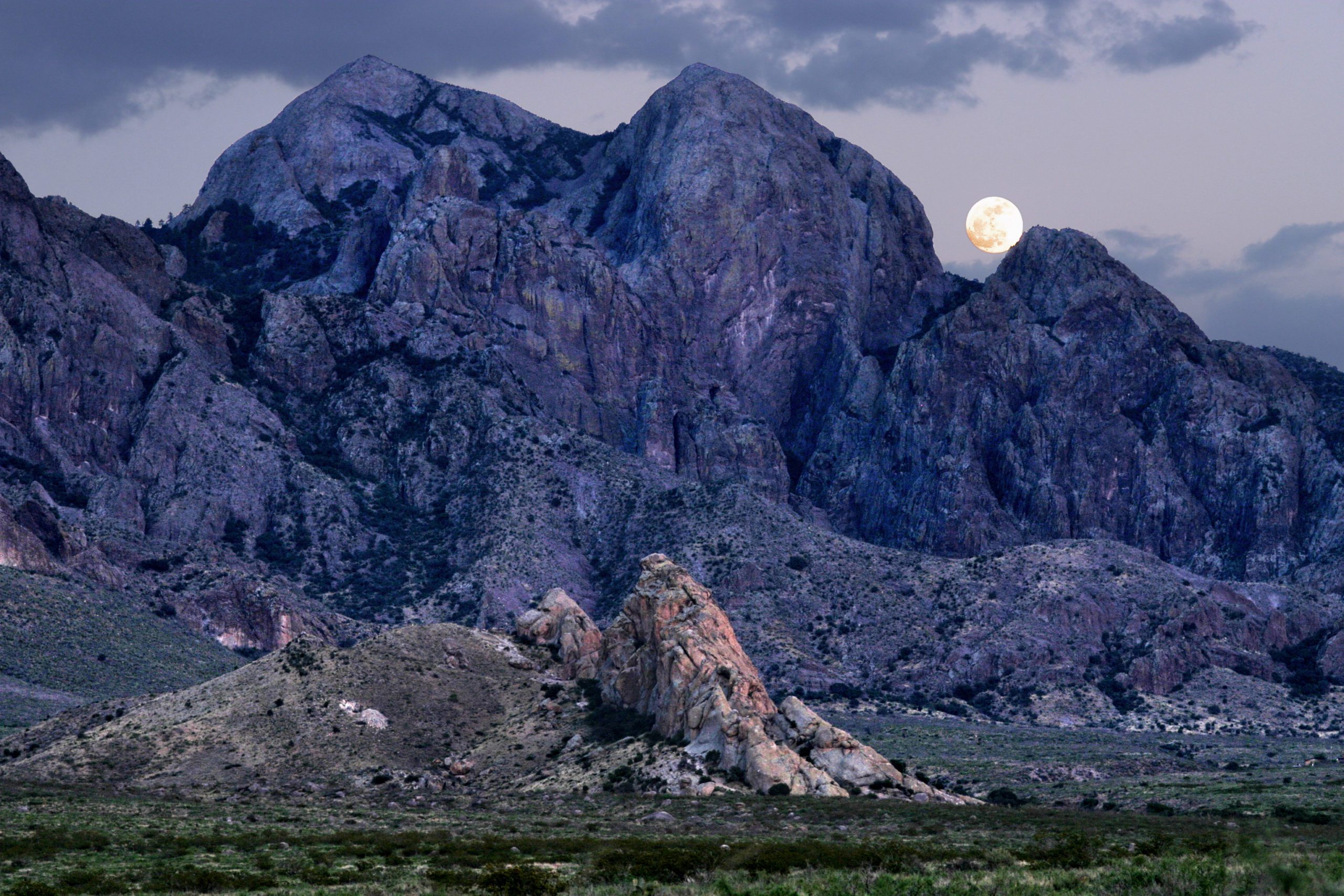
The Conservation Alliance awarded Theodore Roosevelt Conservation Partnership a $35,000 grant in April 2017 to support their “Safeguarding the Wild Backcountry of the Missouri River Breaks Campaign” to protect at least 100,000 acres of wild, publically-owned lands in Montana by June, 2018 as Backcountry Conservation Areas through the BLM Lewistown Resource Management Plan. Scott Laird, the Theodore Roosevelt Conservation Partnership’s Montana field rep, explains why conservation is our best bet at keeping central Montana unspoiled.
The Missouri Breaks region of central Montana is one of the most unique landscapes in the West. The unusual topography and eroded soils—shaped by the river below and centuries of severe weather—make it a land of extremes. Yet it provides some of the best views, most outstanding recreation, and most abundant wildlife habitat in the country. Rough and rugged coulees descend into dense pockets of ponderosa pine and juniper stands before gradually reaching the cottonwood galleries that line the Missouri River.
These undeveloped backcountry lands still mirror what Lewis and Clark saw as they pushed their way upriver in 1805. We have an opportunity—and a responsibility—to ensure that they remain that way.
A Critical Time to Speak Up
Wildlife and wild places are being increasingly pressured through the loss and fragmentation of quality habitat from energy extraction and residential development. This trend needs to be halted to protect our highly valued undeveloped landscapes. Already, much of the western and eastern stretches of the Missouri have been industrialized, dammed, or otherwise developed. But the central portion of the river—roughly from Fort Benton to Fort Peck Reservoir in Montana—remains largely untouched.
The region supports world-class habitat for elk, mule deer, and bighorn sheep, and the Missouri provides scenic multi-day fishing trips for anglers. Camping, hunting, hiking, and biking in the Breaks region are hard to beat, and stargazers will tell you that it’s difficult to find a place with less light pollution.
Most of this landscape is made up of public land that belongs to all of us and is managed by the Bureau of Land Management and the U. S. Fish and Wildlife Service. On the south side of the Missouri, where the breaks climb and meet the rugged grasslands, the BLM is in the process of updating its resource management plan.
This is a planning document that outlines the management of several hundred thousand acres of BLM lands for the next 20 years or more. This is also a public planning process that provides a unique and critical opportunity to protect some of the best wildlife habitat and most remote public lands in the country from further fragmentation and development.
Momentum Grows
The Theodore Roosevelt Conservation Partnership recognizes the importance of these lands to wildlife, outdoor recreationists, and sportsmen. The political landscape and threats to the region have changed since the last resource management plan was written some 30 years ago, and sportsmen and women are ready to act.
Nearly 1,000 individuals and local stakeholders have delivered collaborative support for the adoption of a common-sense approach for conserving high-value public lands through backcountry conservation management. By utilizing this tool, the BLM would safeguard large intact habitats from development, maintain and improve important dispersed recreation opportunities, and focusing management on the conservation, restoration, and enhancement of key habitats, all while sustaining traditional uses of the land that help support local economies.
What’s Next?
The draft of the resource management plan is expected to be released for public comment in late 2017. Visit TRCP.org/join to be the first to know about your opportunity to get involved.
Conservation of this unique landscape won’t happen on its own. It takes strong voices to protect these areas from future fragmentation and development. As Theodore Roosevelt once said, “a nation behaves well if it treats the natural resources as assets which it must turn over to the next generation increased and not impaired in value.” Here’s a great chance for us to do just that.



